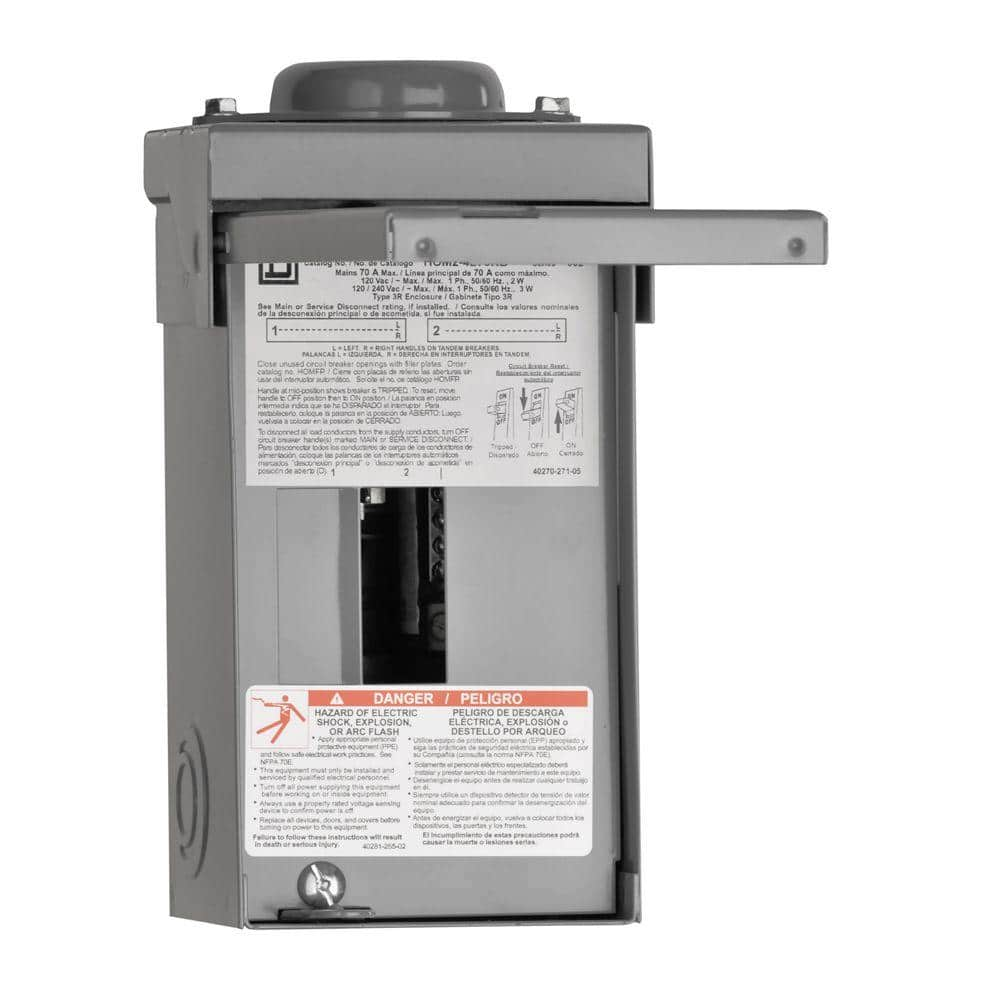SunNinja
Member
- Location
- Washington
- Occupation
- Electrician
Looking for code reference that proves a line (or load) side tap must terminate at a fused disconnect, not a breaker?
Something to do with OCPD definition??
I’m looking at doing a load side tap for a new company in a new state. I am accustomed to always using a Fused Disconnect… They are saying they have done it all the time, terminating in a breaker, and that in fact I would be required by the utility to put a breaker in between the actual tap and the fused disconnect… I went to go prove why you have to hit a fused disco, ideally within 10’ so I can just use a 60A fused disco, but I am not finding the proof in 705 or 240 (or anywhere else I could think of). Thanks in advance!
Something to do with OCPD definition??
I’m looking at doing a load side tap for a new company in a new state. I am accustomed to always using a Fused Disconnect… They are saying they have done it all the time, terminating in a breaker, and that in fact I would be required by the utility to put a breaker in between the actual tap and the fused disconnect… I went to go prove why you have to hit a fused disco, ideally within 10’ so I can just use a 60A fused disco, but I am not finding the proof in 705 or 240 (or anywhere else I could think of). Thanks in advance!


